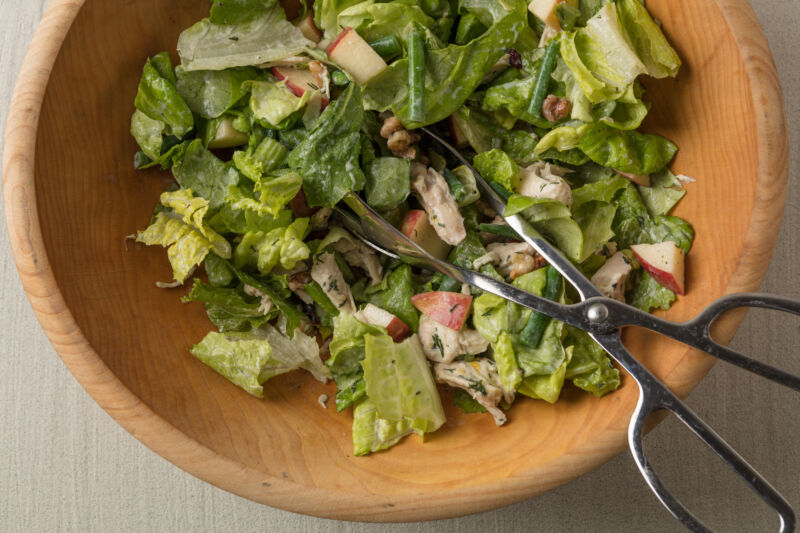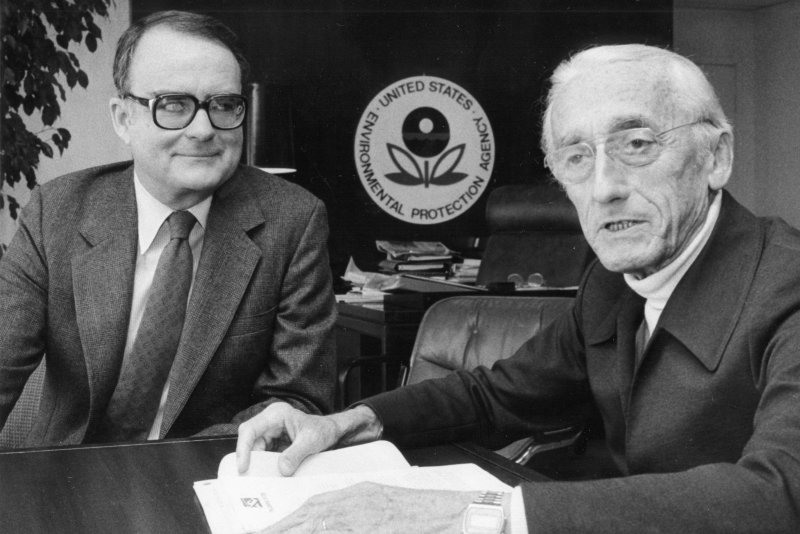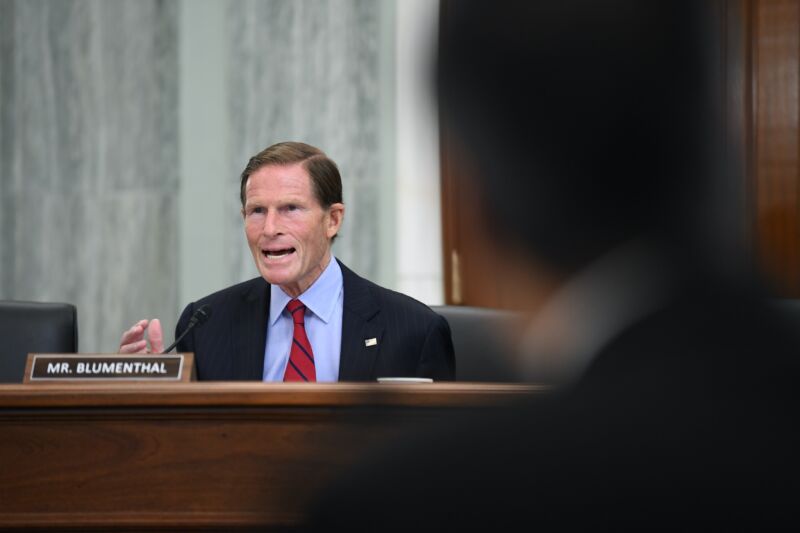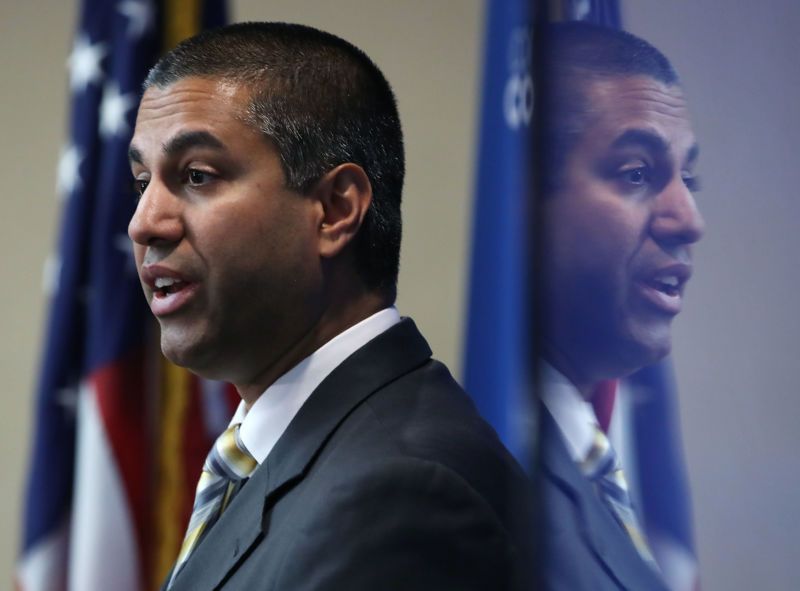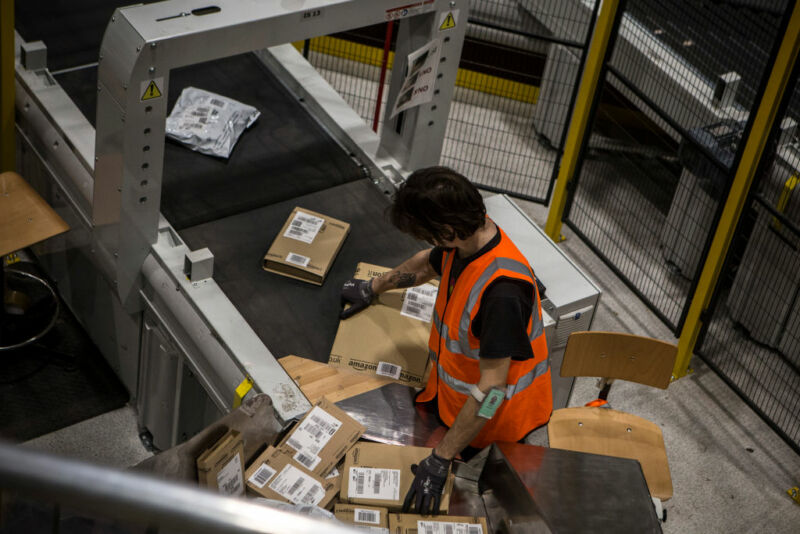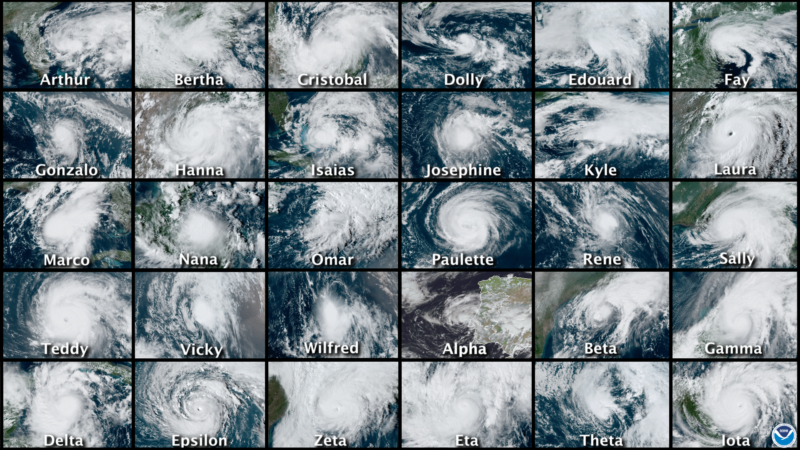 BY STEVE ISRAEL, OPINION CONTRIBUTOR — 12/02/20
BY STEVE ISRAEL, OPINION CONTRIBUTOR — 12/02/20 In a few weeks, Joe Biden will be sworn in as president and it will be the end of the time that Donald Trump has in office. It is also likely to be the start of the most dangerous phase of the current movement. Now that Trump is about to be unfettered by all the pesky advisers, generals, and bureaucrats, he could be more disruptive than ever.
Trump has inflicted us with some little lies each day, adding up to about 20,000 of them, according to the Washington Post. They include “total exoneration” by the special counsel, Hurricane Dorian bearing down on Alabama, and Barack Obama separating children. Such little lies have run the gamut from silly, like how the noise from windmills causes cancer, to serious, like his birther claims about Obama. They have been delivered to us in relentless waves of disinformation and calumnies.
But Trump and his minions had never created one big lie that is sustained, amplified, and repeated over and over until it is hard not to believe it. The big lie gathers all the little ones. It all adds up to one understandable and unifying theory. Now he has one big lie reduced to an easily digested but entirely bogus claim that he actually won the election.
Just yesterday he tweeted “we won Michigan by a lot!” and “fraudulent election results in Arizona” and “fake election results in Nevada!” You would think that fraud of this magnitude, across so many states, would yield a scintilla of evidence. But that is the beauty of the big lie. It relies not on evidence but on emotion. It fortifies intuition, clears out possible doubt, and explains what seems inexplicable. It also works. Polls show that 70 percent and 80 percent of Republicans believe the election was rigged. A new survey from Bright Line Watch revealed that almost half of Republicans expect Trump to be inaugurated in January.
That is what the big lie does. It turns wishful thinking into radical reality. It lands with clarity on a certain segment of the electorate that was studied by the political scientists Eric Oliver and Thomas Wood in the 2018 book “Enchanted America.” They describe that group as intuitionists. These are people on both sides of the aisle who rely upon their intuitions to make judgments. They tend to reject established scientific facts, subscribe to conspiracy theories, are more swayed by emotional appeals, embrace populist ideals, and are intolerant of democratic norms.
What happens when the big lie gathers steam, first with the intuitionists, then across a population? Jochen Bittner of the German newspaper Die Zie gave us a chilling glimpse in a New York Times column this week. He described another big lie known as the “stab in the back” myth that took hold in Germany after World War One. Its core claim, he explains, was that Imperial Germany never lost the war. “Military officers, monarchists, and right wingers spread the myth that if it had not been for political sabotage by Social Democrats and Jews back home, the army would never have had to give in,” he wrote. This despite indisputable fact.
That big lie paved the path for Adolf Hitler and his even bigger murderous lies. There is obviously no comparison between the Holocaust and Trump. But the “stab in the back” tactic, used by authoritarians on the left and the right, has proven effective. Big lies spread because they are easily grasped and instantly confirm our biases. They remove us from the truths and the institutions which unite us. They validate suspicions, bolster resentments, and sometimes license violent action. Perhaps it was a plot to kidnap the governor of Michigan, to attack a church in Charleston or a synagogue in Pittsburgh, or to bomb a mosque in Minnesota.
Trump is unlikely to attend the inauguration in January. Doing so would only “legitimize” Biden in his calculation. But do not let his absence fool you. His last day in office could also be the first day of a loud lie meant to undermine the new administration, resourced by hundreds of millions of dollars and the echo chamber of his media allies.
When we can no longer separate fact from fiction, when news no longer informs but incites, when we cannot even agree on basic truths of who won and lost an election, that is where the big lie flourishes, eclipsing all the little lies and even the light of our democracy.
Steve Israel represented New York in the House over eight terms and was chairman with the Democratic Congressional Campaign Committee from 2011 to 2015. He is now the director of the Institute of Politics and Global Affairs at Cornell University.
THE VIEWS EXPRESSED BY CONTRIBUTORS ARE THEIR OWN AND NOT THE VIEW OF THE HILL


